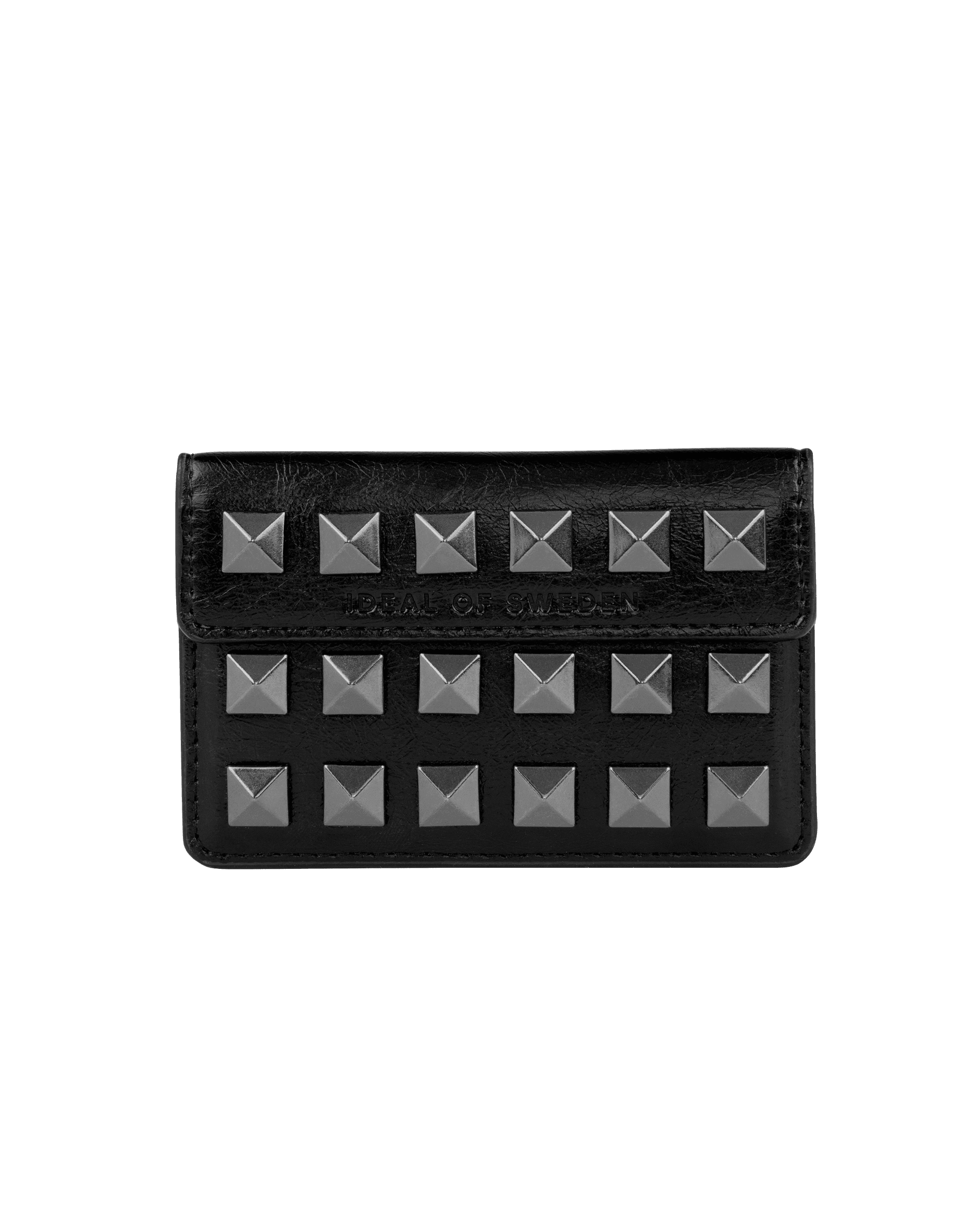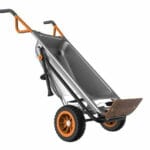So, you’re ready to hit the water? Excellent! But before you cast off, let’s talk about something crucial for a safe and enjoyable boating experience: Personal Flotation Devices, or PFDs – your trusty life jackets. I’m going to guide you through the essential facts, debunk some common myths, and hopefully equip you with the knowledge to make informed decisions about your safety on the water.
Decoding PFDs: A Lifesaver, Not a Hindrance
PFDs are often relegated to dusty storage compartments, viewed as cumbersome and unnecessary. But let’s be clear: these aren’t just hunks of foam; they’re meticulously engineered pieces of safety equipment designed to keep you afloat in a variety of emergencies. Think of them like seatbelts for the water – you might not always need them, but when you do, they’re indispensable.
Mythbusting: Separating Fact from Fiction
Let’s tackle some pervasive myths about PFDs:
Myth 1: PFDs Guarantee Unconscious Face-Up Positioning
While some specialized Type I offshore life jackets are designed to increase the likelihood of turning an unconscious person face-up, there’s no guarantee. Water conditions, clothing, and individual body type all play a role. It’s crucial to remember that no PFD guarantees unconscious face-up positioning.
Myth 2: PFDs Are Uncomfortable and Restrictive
PFD technology has evolved significantly. Modern designs prioritize comfort and flexibility, allowing for a good range of motion. Think less bulky vest, more supportive athletic wear. Finding the right fit is paramount, especially for children. Which operation on a PWC requires more than idle speed is a good starting point for understanding the maneuverability needs while wearing a PFD.
Myth 3: Only Non-Swimmers Need PFDs
This is perhaps the most dangerous misconception. Even strong swimmers can experience unexpected difficulties – cold water shock, exhaustion, strong currents, or injuries can quickly incapacitate anyone. A PFD provides essential buoyancy, keeping you afloat until help arrives, regardless of swimming ability.
Myth 4: PFDs Make You Invincible
PFDs substantially reduce drowning risk, but they don’t eliminate it entirely. Responsible boating practices, like avoiding alcohol, checking weather conditions, and having a designated “lookout”, are essential. A PFD is a critical component of water safety, not the entire equation. Just like having insurance won’t prevent accidents, but it will protect you financially in case of one. You might want to consider what happens when an insurance policy is backdated if you’re looking into that for your boat.
Why PFDs Matter: The Science of Survival
The benefits of wearing a PFD are clear:
- Buoyancy: PFDs keep you afloat, even if unconscious or injured, which is especially crucial in cold water where hypothermia can set in rapidly.
- Drowning Risk Reduction: Studies consistently demonstrate that wearing a PFD significantly decreases drowning risk.
- Enhanced Visibility: Bright colors aid in rescue efforts.
- Peace of Mind: Knowing you’re wearing a PFD provides a sense of security.
Selecting the Right PFD: A Personalized Approach
Choosing the right PFD can feel overwhelming, but here’s a simplified breakdown:
| Type of PFD | Intended Use | Characteristics |
|---|---|---|
| Type I | Offshore, rough waters | Highest buoyancy, designed to turn some unconscious wearers face-up |
| Type II | Near-shore, calm waters | Moderate buoyancy, may turn some unconscious wearers face-up |
| Type III | Inland waters, close to shore | Moderate buoyancy, designed for conscious wearers, good for paddling and fishing |
| Type IV | Throwable Device | Not wearable, intended to be thrown to someone in the water |
| Type V | Special Use Device | Designed for specific activities like kayaking, whitewater rafting, or windsurfing |
Always choose a U.S. Coast Guard-approved PFD. Ensure a snug fit appropriate for your activity and body weight.
PFD Care: Maintaining Peak Performance
Like any safety equipment, PFDs require care:
- Regular Inspections: Check for rips, tears, or frayed straps.
- Proper Storage: Store in a cool, dry place away from direct sunlight.
- Cleaning: Rinse with fresh water after use and air dry completely.
- Re-Arming Inflatable PFDs: Ensure inflatable PFDs are correctly armed and you know how to re-arm them.
The Bottom Line: PFDs Save Lives
PFDs aren’t just about regulations; they’re about prioritizing safety. By understanding the facts, debunking myths, and choosing the right PFD, you’re contributing to a safer and more enjoyable boating experience for everyone. So, wear your PFD – it’s a simple act that could make all the difference.
- Unlock Water’s Symbolism: A Cross-Cultural Exploration - April 20, 2025
- Identify Black and White Snakes: Venomous or Harmless? - April 20, 2025
- Unlocking Potential: Origins High School’s NYC Story - April 20, 2025















